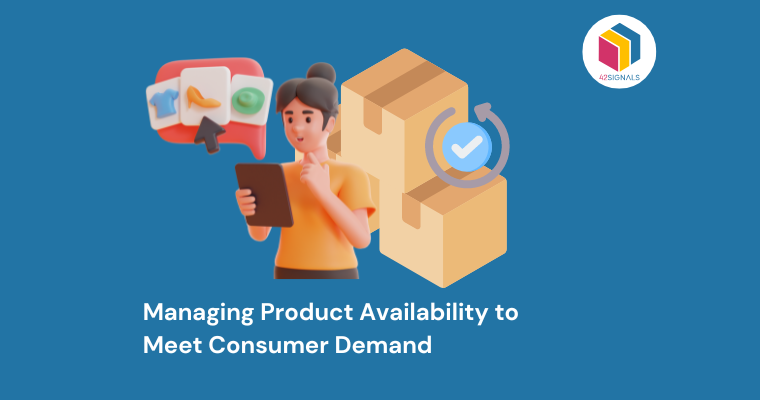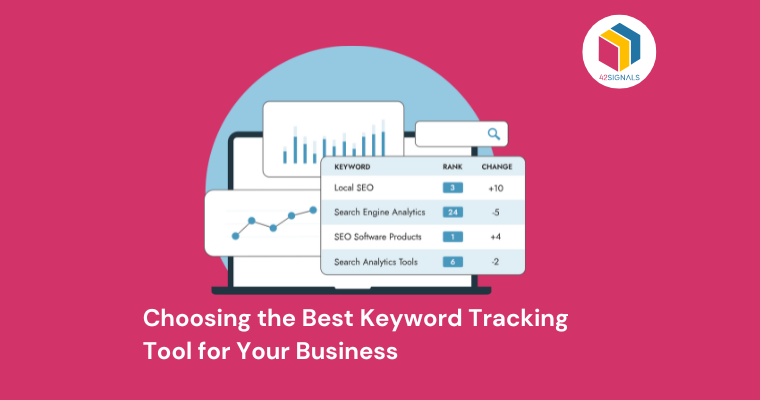Minimum Advertised Price (MAP) violations have become a critical concern for both brands and retailers today. MAP violations occur when a retailer advertises a product below the minimum price set by the brand or manufacturer. While it may seem like a minor issue, it can have far-reaching consequences that affect the entire supply chain.
So, addressing MAP violations is not merely a matter of protecting a brand’s image or profits; it’s a strategic imperative. Infringements on MAP policies can deteriorate brand value, disrupt pricing strategies, and damage relationships between manufacturers and their partners.
In this comprehensive guide, we will analyze the intricacies of MAP policies, discuss various methods for detecting violations, and provide a step-by-step approach for effectively handling them. Whether you’re a brand seeking to protect your pricing integrity or a retailer aiming to stay compliant with MAP policies, this guide will equip you to navigate MAP violations successfully.
Getting Started with MAP Compliance
Effective Minimum Advertised Price (MAP) compliance begins with a well-defined MAP policy. A well-crafted MAP policy serves as the foundation for maintaining pricing integrity and ensuring fair competition within your distribution network. Here’s why having a clear MAP policy is crucial:
- Price Control: A MAP policy allows brands to establish minimum price standards, preventing products from being devalued through aggressive price wars among retailers.
- Brand Image: Consistent pricing across retail channels reinforces your brand’s image. It helps maintain brand equity and consumer trust.
- Competitive Advantage: It ensures fair competition and encourages retailers to differentiate themselves through customer service and value-added offerings rather than through price reductions.
- Relationship Building: A transparent MAP policy promotes healthier relationships between manufacturers, retailers, and distributors by setting clear expectations and boundaries.
By establishing a clear MAP policy and effectively communicating with your distribution network, you’ll set the stage for a successful MAP compliance program.
Detecting MAP Violations
Effective detection of Minimum Advertised Price (MAP) violations is essential for maintaining pricing integrity and taking timely corrective actions.
Methods and Tools for Monitoring and Detecting MAP Violations:
- Manual Monitoring: While it may be time-consuming, manual monitoring involves regularly checking retail websites and advertisements to identify price violations. This method is best suited for small-scale operations.
- Competitor Alerts: Many brands rely on competitors’ pricing alerts to spot potential MAP violations. By tracking competitors’ advertised prices, you can identify instances where your products are advertised below the agreed-upon minimum price.
- Online Marketplaces: Monitor popular online marketplaces where your products are listed. These platforms often provide tools to track pricing trends and identify deviations from MAP.
- Customized Reporting Tools: Develop or invest in customized reporting tools that aggregate pricing data from various sources and alert you when violations occur.
- MAP Monitoring Software: Specialized MAP monitoring tools, like 42Signals automate the process of tracking pricing across multiple channels.
Real-time monitoring allows you to address violations promptly, minimizing potential damage to your brand’s image and pricing strategy. By focusing your efforts on actionable insights provided by real-time monitoring, you can allocate resources more efficiently. Also, consistently enforcing your MAP policy in real-time reinforces trust and compliance among your retail partners.
Staying Proactive with MAP Compliance
Maintaining Minimum Advertised Price (MAP) compliance is not a one-time effort but an ongoing commitment that should be ingrained in your business strategy.
Here’s why ongoing monitoring and enforcement are essential:
- Dynamic Market: The ecommerce landscape is ever-changing, with new retailers, products, and pricing strategies emerging regularly. Continuous monitoring helps you adapt to these changes.
- Retailer Turnover: Retail partners may change or new ones may join your distribution network. Ongoing enforcement ensures that all partners are aware of and adhere to your MAP policy.
- Preventive Measures: Regular enforcement sends a clear message to retailers and distributors that you take MAP compliance seriously, often preventing violations before they occur.
Conclusion
Here are the key takeaways:
- MAP compliance is crucial for maintaining pricing integrity and brand reputation.
- Creating a clear MAP policy, monitoring for violations, and enforcing it is essential.
- Technology, including web scraping and pricing intelligence, plays a significant role in detecting and managing violations.
- Ongoing monitoring and enforcement are vital to long-term compliance success.
We encourage you to prioritize MAP compliance as a strategic element of your business. By doing so, you protect your brand’s image, maintain fair competition, and foster strong partnerships with your retail network.
If you find navigating MAP violations challenging or require expert assistance in managing compliance, we invite you to reach out to 42Signals. Our team is here to support your efforts and help you achieve and sustain MAP compliance effectively. Reach us at sales@42signals.com





